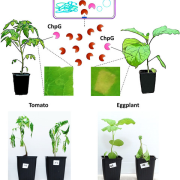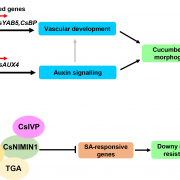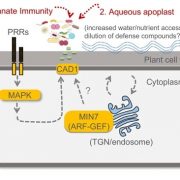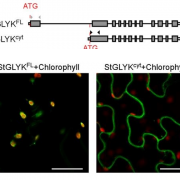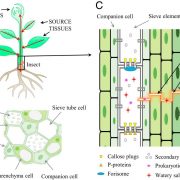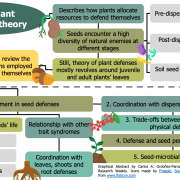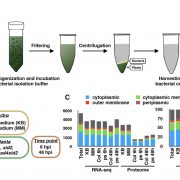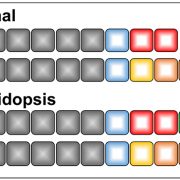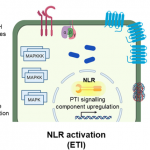Host-interactor screens of Phytophthora infestans RXLR proteins reveal vesicle trafficking as a major effector-targeted process (Plant Cell)
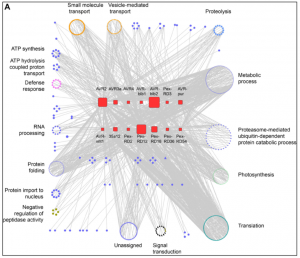 It’s like the plot of every spy movie you’ve ever seen. If you could infiltrate your opponent’s headquarters what would you target to disable your enemy? This is the question addressed in new work by Petre et al. More than ten years ago, a family of small proteins was identified, the RXLR proteins (named for a stretch of amino acids, Arg-X-Leu-Arg), that are effector proteins introduced from oomycete pathogens into host cells, allowing the pathogen to overrun the host cell. Here, the authors use an in planta co-immunoprecipitation “effectoromics” approach to investigate what host proteins these RXLR effectors target – an interactome. Besides an invaluable resource for further analysis, the study provides a clue into many of the host processes that a pathogen might target to gain the upper hand. Proteins that participate in vesicle trafficking form a large subset of these targets, supporting previous studies that show trafficking is essential for immune responses and defense (e.g., autophagy). (Summary by Mary Williams @PlantTeaching) Plant Cell 10.1093/plcell/koab069
It’s like the plot of every spy movie you’ve ever seen. If you could infiltrate your opponent’s headquarters what would you target to disable your enemy? This is the question addressed in new work by Petre et al. More than ten years ago, a family of small proteins was identified, the RXLR proteins (named for a stretch of amino acids, Arg-X-Leu-Arg), that are effector proteins introduced from oomycete pathogens into host cells, allowing the pathogen to overrun the host cell. Here, the authors use an in planta co-immunoprecipitation “effectoromics” approach to investigate what host proteins these RXLR effectors target – an interactome. Besides an invaluable resource for further analysis, the study provides a clue into many of the host processes that a pathogen might target to gain the upper hand. Proteins that participate in vesicle trafficking form a large subset of these targets, supporting previous studies that show trafficking is essential for immune responses and defense (e.g., autophagy). (Summary by Mary Williams @PlantTeaching) Plant Cell 10.1093/plcell/koab069


